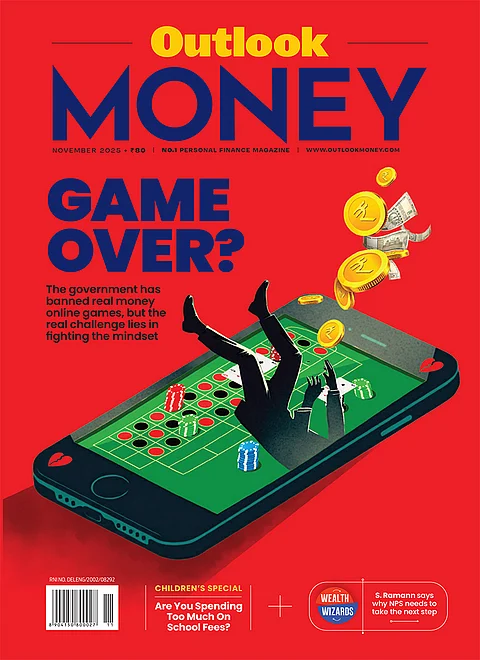The trade winds between India and the US remain in flux, with the imposition of 50 per cent tariff. The US accounts for more than 5 per cent share in India’s exports across as many as 140 product categories. Here’s how some major sectors will be affected.
In textiles and apparel, where the US accounts for a third of Indian exports, the US can easily switch between suppliers. The sector withstood the first 25 per cent tariff, thanks to advance orders. But with the additional 25 per cent tariff, exporters expect a 6-9 per cent dip in revenues and margin contraction of 200-300 basis points (bps) in FY26. Entities with manufacturing bases in countries like Bangladesh and Vietnam are better positioned, but shrinking US market share and increased competition from lower-tariff nations can hit the rest hard.
India’s diamonds industry, which supplies 90 per cent of the world’s polished diamonds, is in trouble, given the discretionary nature of the demand. With more than a third of exports going to the US, diamantaires are re-routing shipments through low-tariff hubs like Dubai, Belgium and Israel. However, the risk of trans-shipment tariffs and declining US demand could lead to a 15-20 per cent drop in revenues for FY26.
The US, which takes over a third of India’s seafood exports, is likely to shift to suppliers like Ecuador and other Asian nations with lower tariffs and geographic proximity. While exporters managed to maintain volumes before the penalty tariff took effect, margins are now expected to contract by 200-300 bps.
The US is a key market for Indian footwear and leather products, but competing low-tariff nations like China, Vietnam, and Indonesia will make Indian products less attractive. The recent India-UK Free Trade Agreement (FTA) offers some hope for market diversification, but the near-term outlook is challenging.
Elsewhere, many auto component exporters appear to have limited direct exposure, often exporting through subsidiaries in Mexico or Europe that benefit from the US-Mexico-Canada Agreement. For those with significant US sales, costs are shared with customers and end consumers. Strong liquidity, low leverage, and US manufacturing facilities may help. As switching between suppliers is difficult, it could provide some buffer to Indian exporters. While expansion plans may be deferred, the impact may not last long.
For the metals sector, especially steel and aluminium, the story is nuanced. While the US accounts for only 2-3 per cent of India’s steel exports, the redirection of Asian supply to other markets could put pressure on domestic prices. However, Indian producers see an opportunity to capture a larger share of the US market, as high-cost imports are displaced. Companies seem to have managed to pass on the entire duty burden to US customers, thanks to their reliance on imports for specialised products. The risk, however, lies in a potential global slowdown triggered by the tariff war, which could depress international prices and margins.
The US accounts for 10-15 per cent of India’s chemicals exports, which faces a significant tariff differential compared to competitors from the EU, Mexico, and China. Management interviews suggest a “wait and watch” approach to see how the new tariffs are applied across specific product codes. While previous tariffs were largely passed on to customers, doing the same with high tariffs is not a surety. Some companies have locked-in contracts until December 2025, which will provide temporary relief, but the threat of Chinese competition looms large.
Considering exemptions currently provided to the pharmaceutical, petroleum products and telecom equipment sectors, ICRA expects 50-60 per cent of the total exports to the US ($86.7 billion in FY25) to witness an adverse impact in the second half of FY26, if the tariffs continue. The ability to pass on costs, diversify markets, and optimise operations will determine which sectors emerge stronger from this tariff storm. For now, India’s export engine is being tested like never before.
By Aditi Nayar, Chief Economist and Head-Research and Outreach at ICRA













